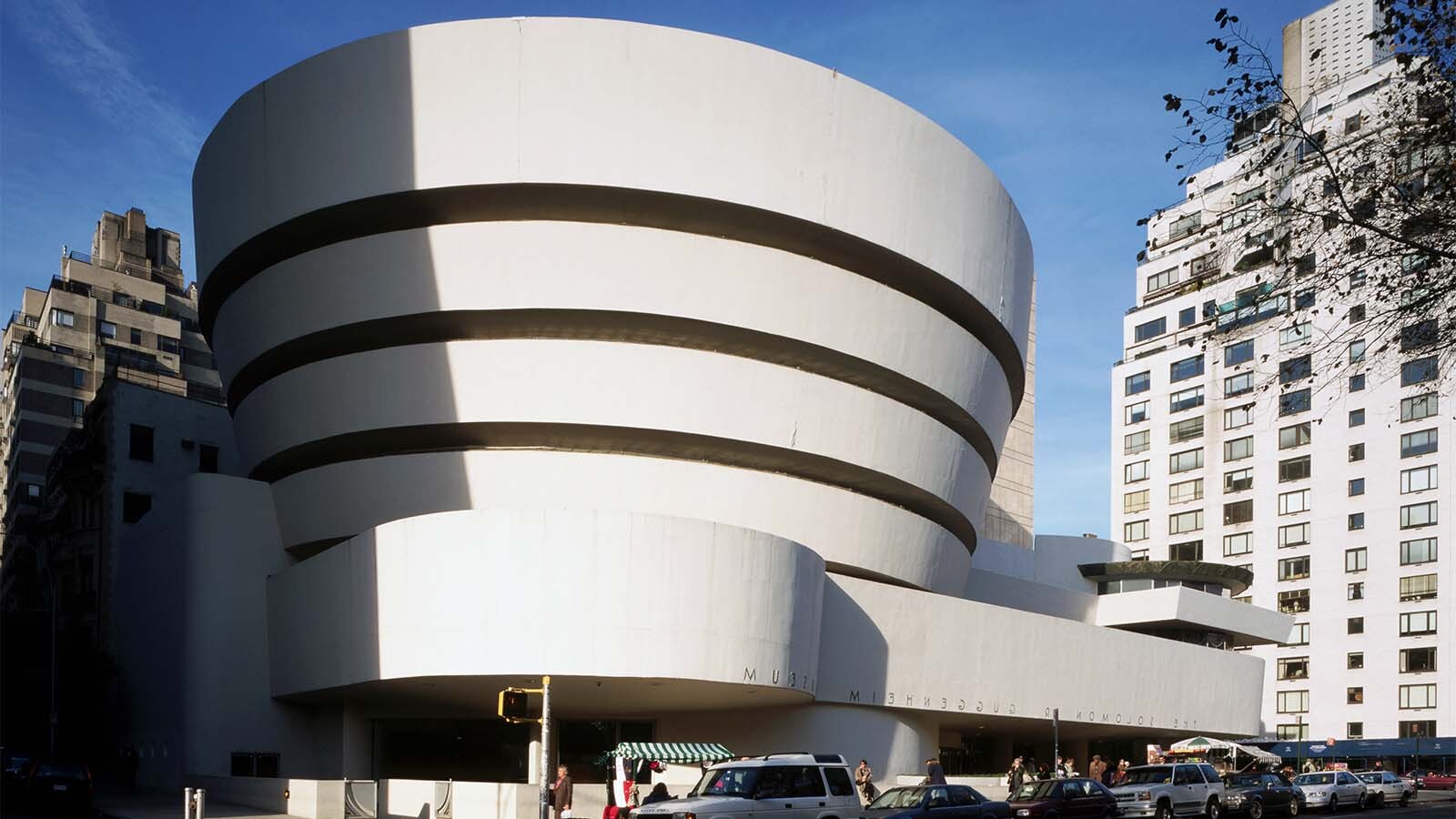Hidden Gems Of Ghanaian Architecture In Four Stunning Buildings

Ghana boasts a rich tapestry of architectural wonders that often go unnoticed. From ancient forts to modern marvels, the country offers a unique blend of history and innovation. Have you ever wondered about the hidden gems of Ghanaian architecture? Imagine walking through the bustling streets of Accra or the serene landscapes of Cape Coast, where each building tells a story. These structures not only showcase the country's cultural heritage but also its architectural evolution. Whether you're an architecture enthusiast or just curious, exploring these buildings will give you a deeper appreciation for Ghana's rich history and vibrant culture.
Ghana's Architectural Wonders
Ghana, a West African nation rich in history and culture, boasts some of the most stunning architectural gems. These buildings reflect the country's diverse heritage, blending traditional African styles with colonial influences. Let's explore four hidden gems of Ghanaian architecture that you must see.
Cape Coast Castle
Cape Coast Castle, a UNESCO World Heritage site, stands as a poignant reminder of Ghana's colonial past. This fortress, built by the Swedes in the 17th century, later became a major hub for the trans-Atlantic slave trade.
- Historical Significance: Cape Coast Castle played a crucial role in the dark history of the slave trade. Its dungeons and "Door of No Return" are haunting yet essential to understanding this period.
- Architectural Features: The castle's thick whitewashed walls, cannons, and battlements showcase European military architecture adapted to the African coast.
- Museum: Inside, a museum offers exhibits on the history of the castle, the slave trade, and Ghanaian culture, providing a comprehensive educational experience.
Larabanga Mosque
Larabanga Mosque, one of the oldest mosques in West Africa, is a striking example of Sudano-Sahelian architecture. This mud-and-stick structure, located in the small village of Larabanga, is a testament to the region's Islamic heritage.
- Ancient Roots: Built in the 15th century, the mosque has stood the test of time, serving as a spiritual center for the local Muslim community.
- Unique Design: The mosque's distinctive design features whitewashed walls, wooden beams, and conical towers, creating a visually captivating structure.
- Cultural Importance: Larabanga Mosque remains a vital part of the community, hosting daily prayers and religious events, making it a living piece of history.
Osu Castle
Osu Castle, also known as Fort Christiansborg, is another significant colonial-era building in Ghana. Situated in the capital city of Accra, this castle has served various roles throughout its history.
- Colonial Legacy: Originally built by the Danes in the 17th century, Osu Castle has been used as a trading post, a seat of government, and a presidential residence.
- Architectural Evolution: The castle's architecture reflects its diverse history, with elements of Danish, British, and Ghanaian influences visible in its design.
- Modern Use: Today, Osu Castle is a symbol of Ghana's political history, occasionally hosting state functions and serving as a tourist attraction.
Manhyia Palace
Manhyia Palace, located in Kumasi, is the official residence of the Asantehene, the king of the Ashanti people. This palace is a blend of traditional Ashanti and modern architectural styles.
- Royal Residence: Built in 1925, Manhyia Palace has been the home of successive Ashanti kings, making it a center of political and cultural power.
- Architectural Blend: The palace combines traditional Ashanti motifs with colonial-era influences, creating a unique and regal appearance.
- Museum: The Manhyia Palace Museum offers visitors a glimpse into the history and culture of the Ashanti kingdom, with exhibits on royal regalia, artifacts, and historical documents.
Discover Ghana's Architectural Treasures
Ghana's architecture offers a rich blend of history, culture, and innovation. From the Cape Coast Castle with its haunting past to the Larabanga Mosque showcasing ancient Sudanese design, each structure tells a unique story. The Osu Castle stands as a testament to colonial influence, while the National Theatre represents modern Ghanaian creativity. These buildings aren't just structures; they are windows into the soul of Ghana. Exploring them provides a deeper understanding of the country's heritage and the resilience of its people. Whether you're a history buff, an architecture enthusiast, or just curious, Ghana's architectural gems are worth the visit. So next time you plan a trip, consider adding these stunning buildings to your itinerary. You won't be disappointed.

